Pro riders and seasoned weekend warriors alike know that an upgraded ATV or UTV clutch kit is one of the fastest ways to boost the performance of your ride. With that said, it’s only going to benefit you if you know your stuff. Understanding how your UTV’s transmission works and how aftermarket clutch kits can affect it will make or break your ride quality. Upgrading your rig’s transmission is key to making sure any and all of your aftermarket upgrades actually do what you want them to.
CVT clutches (Constantly Variable Transmissions) are the most popular style of clutch for buggies and ATVs because they’re very plug-and-play for riders. Instead of shifting to fixed gear ratios manually, gear ratios in a CVT are constantly variable and automated by the clutch. You can just turn the key and ride without worrying about having to shift to find the right torque or a high enough RPM.
How does a CVT clutch work?
That depends—are you looking for a more thorough answer or a short-and-sweet summary?
If you’re looking for detail, keep reading!
For a quick summary, skip down to CVT basics for ATVs and UTVs.
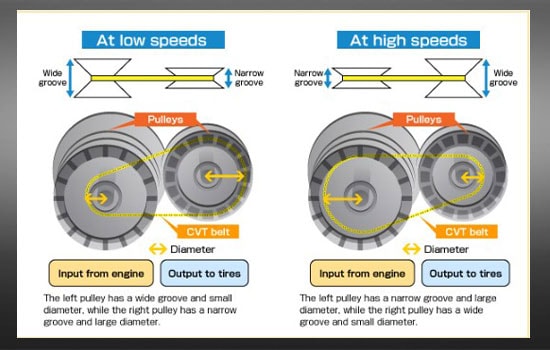
Components of a Clutch Kit
There are three main components of a CVT that transmit power from the engine to the tires. These parts are what make up a clutch kit. Each one includes a drive belt that connects both a primary and secondary clutch.
Basically, they use centrifugal force to open or close each clutch depending on RPM, load and speed. That’s a fancy way of saying your ATV or UTV’s clutch automatically changes gear ratios depending on how you ride.
How a CVT clutch operates
Let’s walk through what happens when you start your ATV or UTV and hit the gas.
- When you turn your key in the ignition, the engine turns over, causing the primary clutch to spin in idle. At idle, the primary clutch isn’t producing enough centrifugal force to engage and turn the belt, so it doesn’t engage the secondary clutch.
- As you start to hit the gas, there’s a special set of weights in the primary clutch that cause it to narrow and grip the belt. Once the RPMs are high enough to grip the belt, the secondary clutch engages and starts rotating.
- The secondary clutch transfers the rotational energy that’s generated to the driveline. This is when the tires actually start to spin.
- As you gain speed, the clutch begins to favor higher gear ratios, giving you more speed but less torque.
The advantage of a design like this is the torque and RPM of the engine are always optimized for the speed you need the tires to spin and the torque you need to do it. A properly tuned clutch kit for your buggy or ATV keeps the engine RPMs at the ideal range throughout each gear depending on your driving style.
CVT basics for ATVs and UTVs
Here’s the long-and-short of it:
- Gear ratios determine if your engine is generating more torque or horsepower at any given time
- Low gear ratios = more torque, high gear ratios = higher horsepower
- In a manual clutch, you change the gear ratios by shifting gears yourself
- In a CVT, the gear ratios automatically change when the primary clutch senses the need for more torque or power
- Depending on load, tire size, and RPM, the primary clutch activates the secondary clutch with a belt to drive the right amount of power to the wheels
Your CVT’s clutch is directly connected to your engine’s performance. If the clutch isn’t working how it’s supposed to, it might be time for a tune-up or an aftermarket fix.
What does a clutch kit do for a UTV or ATV?
An aftermarket clutch kit includes all the pieces you need to tune your CVT and increase its performance. If you’ve got a craving to crawl rocks, brands like EPI Performance make clutch kits designed to optimize for all types of trail and terrain. You can optimize for low-end torque, high-RPM horsepower or the perfect balance for an already upgraded UTV or ATV.
Do you need a clutch kit?
Well, you don’t need one… but Side By Side Stuff fans agree that upgrading your clutch is one of the most affordable ways to get serious performance gains. Even if you just want to update a couple of components rather than the whole clutch kit, there are dozens of ways to upgrade your clutch cost-effectively.
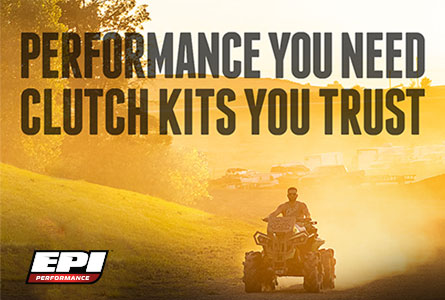
A lot of riders prefer to do the job themselves. Sometimes that means you don’t need a whole kit. If you just want to update the springs and not the whole thing, you can find the right parts. Check out everything EPI offers.
Choosing the best clutch kit for your UTV or ATV
Before you buy—take a minute to think. How and where do you plan to use your side by side or ATV? This list will help you pick the right clutch kit:
Elevation: If playing in Denver changes how far pros can hit a ball, it sure as heck can affect a complex machine like your ATV. Clutch kits are designed to work for specific elevation ranges—and they’re all listed in the product descriptions.
Wheel/Tire Size: Rigs running bigger tires need a bigger boost in lower gear ratios. The right clutch kit emphasizes low-end acceleration. When you’re deep in water, that torque is your best friend. Brands like EPI Performance will even specify what tire size they’re built for right on the site.
Terrain: Not every stock CVT was designed to make it over boulders, downed trees or through peanut-butter-thick mud. The torque you need to turn the tires isn’t always dialed in, but High Lifter’s Outlaw and Outlaw Super Duty kits are. Find them here.
Most stock CVTs won’t be able to keep up with the high-RPM requirements of driving up the dunes either. The best UTV or ATV clutch kit manufacturers put extra effort for their sand-fanatic fans with specialized kits to keep the paddles turning. Check out all the options EPI Performance parts offer here.
Other Upgrades: If you’ve updated your exhaust, added a gear-reducing portal kit, turbo, or anything else, this is going to play into your choice as well. The safest bet is to run a dyno at your local shop to see how much torque and horsepower you’re putting out and find a clutch kit that boosts the right things.
Stock clutch kits
OEM manufacturers tune them specifically to the stock powertrain, vehicle weight and wheel/tire size. If you keep your ride stock, your CVT is going to do the job just fine. It’s going to perform at a “C-Grade” level in just about every area.
On the other hand, every rider knows upgrades are like potato chips—you can never have just one. The more you learn about how you like to ride and gain more experience, you’re going to start asking more out of your UTV or ATV.
Your stock clutch can handle a lot—but not everything. If you’ve made modifications to ride weight, and added performance upgrades like a turbo or changed wheel and tire sizes, a stock clutch isn’t going to be able to keep up and can cause serious problems for your engine.
Aftermarket clutch kits
Upgrading to an aftermarket kit can be the best thing for preserving your transmission and boosting your performance, however you ride. Are you running stock tires but want more acceleration out of corners on the trail? Is your Ranger’s main job yanking out stumps? How often is your buggy destined for the dunes?
No matter if you just need a piece or a whole kit, Side By Side Stuff has the necessary upgrades for your UTV or ATV. Find the right kit with EPI Performance here.
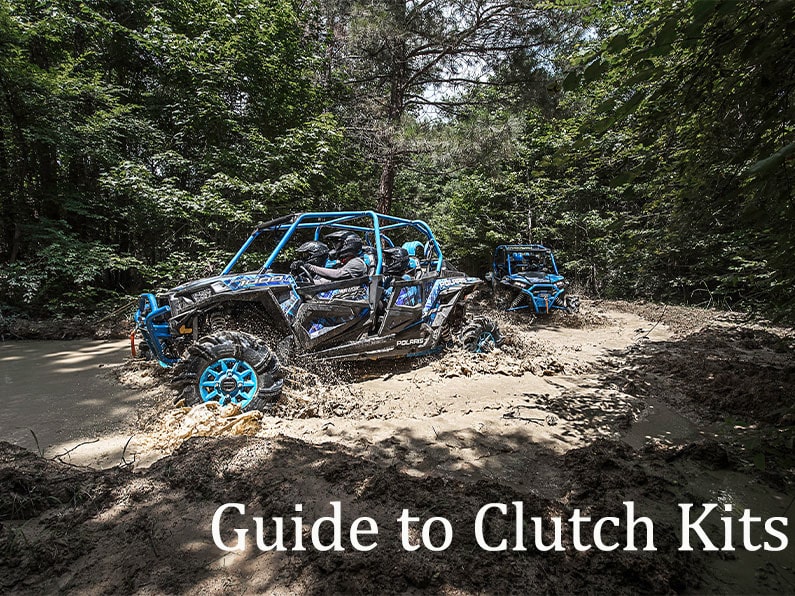
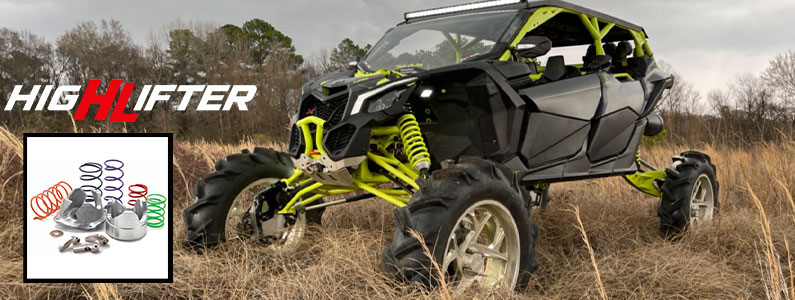
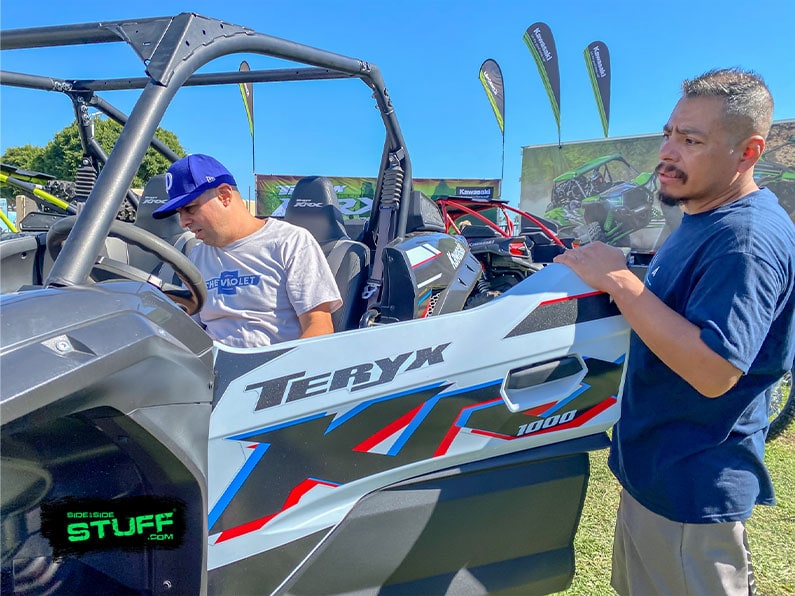

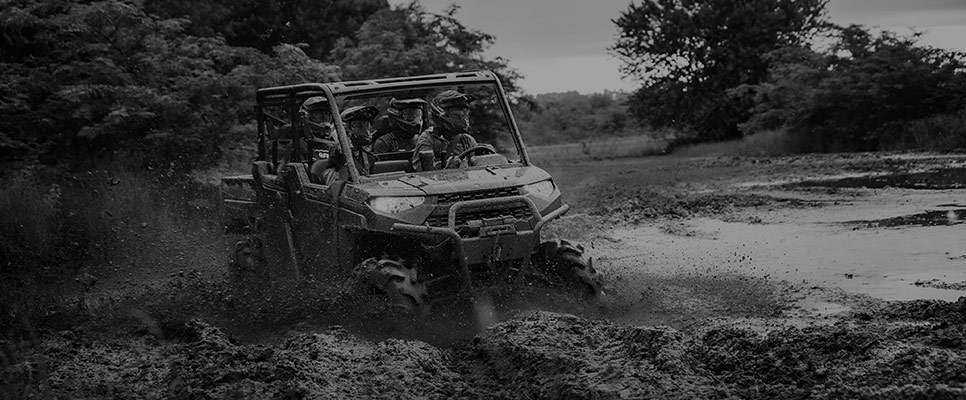
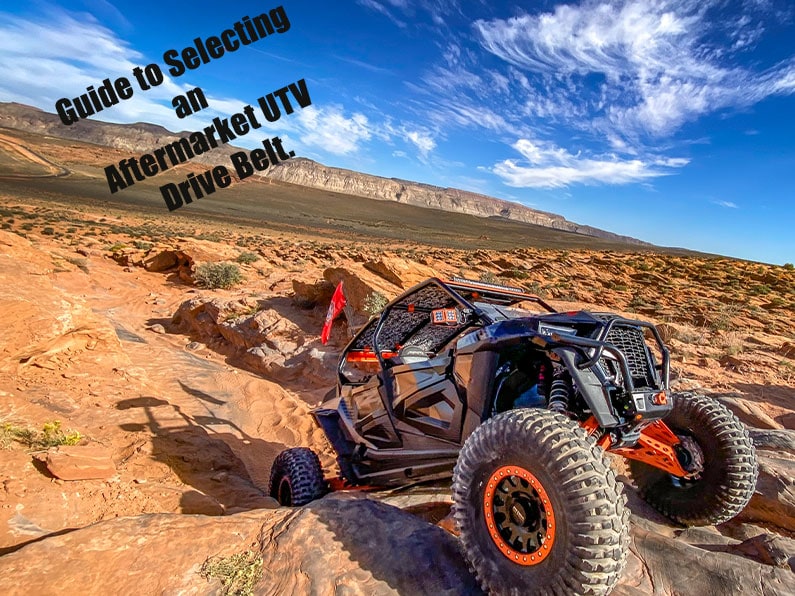
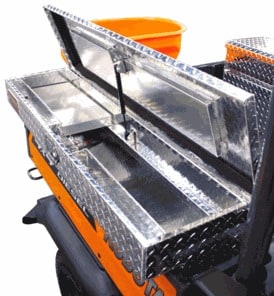
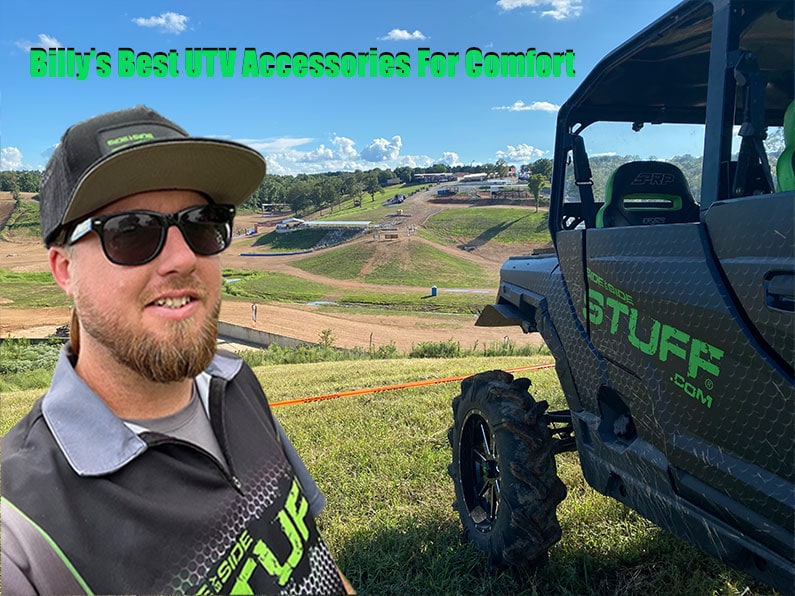
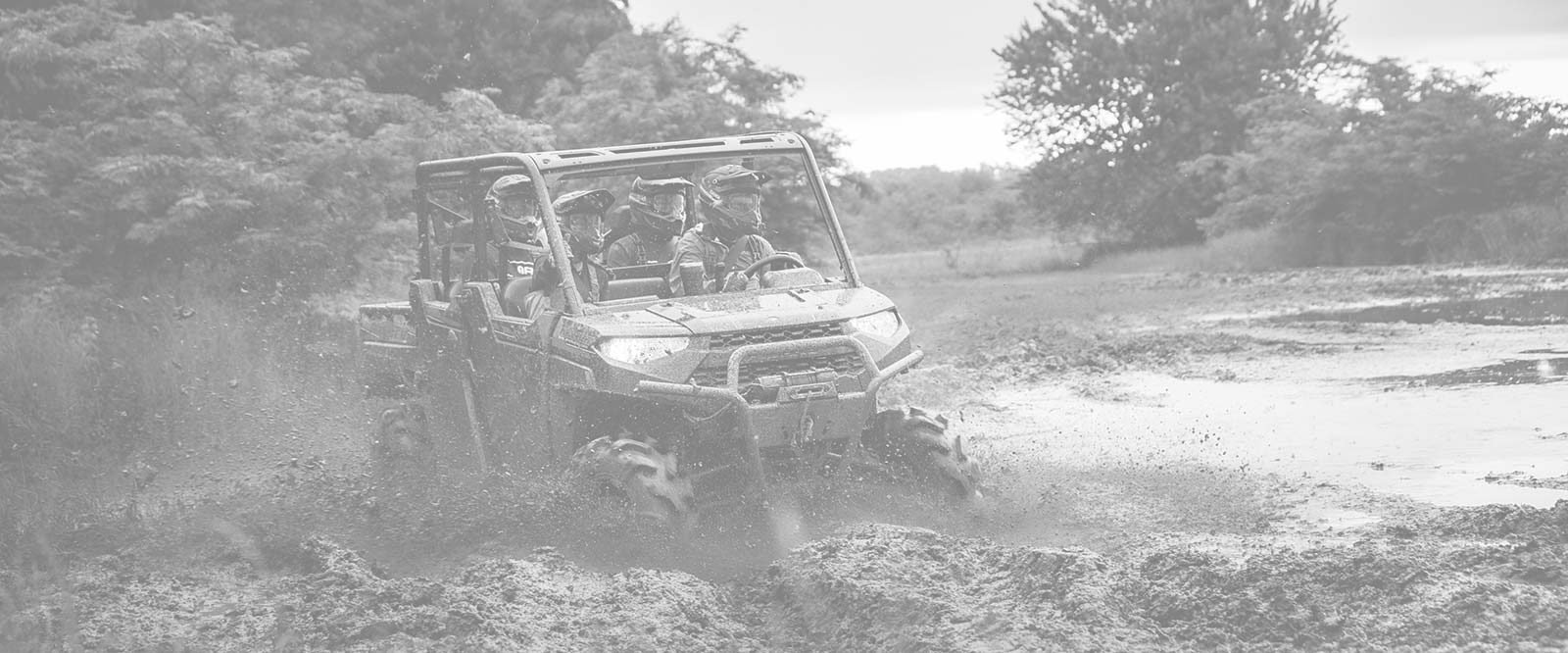
Comment section